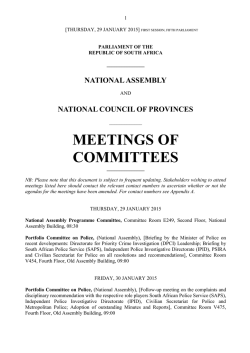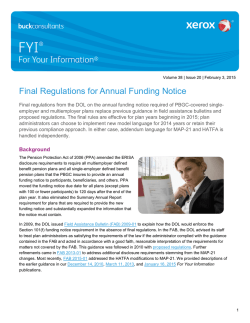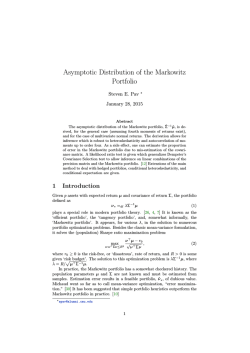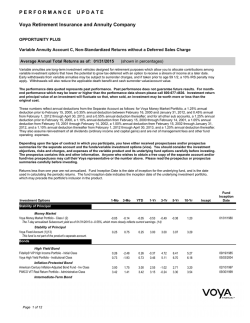
Maker Portfolios in School - Maker Education Initiative
Maker Portfolios in School Stephanie Chang & Lisa Regalla, Maker Education Initiative Anna Keune & Kylie Peppler, Indiana University The Maker Ed Open Portfolio Project: Maker Portfolios in School Stephanie Chang & Lisa Regalla, Maker Education Initiative Anna Keune & Kylie Peppler, Indiana University HOW ARE MAKERSPACES IN SCHOOLS USING PORTFOLIOS? ville’s urban, suburban, and rural communities. Within programs and makerspaces are approaching portfolio de sign and development in unique ways. For some, portfo lios are seamlessly integrated into the design and display of artifacts, activity stations, and the physical space. For others, documentation starts as an internal process, then carefully spreads and engages with a wider audience. No perintendent, Dr. Pam Moran, and ACPS continues to pave the way in showing how an entire school district can capture the spirit of making in integrated ways. of portfolio creation, it is becoming clear that portfo lios, whatever form they take, are a convincing means served. In the cases presented in this brief, we examine portfolios and making to the forefront of their work. Lighthouse Community Charter School in Oakland, CA, Marymount School of New York in NYC, and the Ra venswood City School District in East Palo Alto, CA. In what can be seen as strict academic settings, these sites are working through their own maker processes by iterating on their models of portfolio use and in turn, ing freshmen start portfolios too, and soon, students at all grade levels will have a digital portfolio alongside their transcript, GPA, and standardized test scores. Notably, portfolio experiences exist as a key tool for assessment and learning. for our Open Portfolio Project research because, among others, its experiences provide strong insights into how portfolios are functioning within a standard school envi ronment for administrators, teachers, and students alike. MONTICELLO HIGH SCHOOL: SCHOOL-WIDE PORTFOLIOS hensive high school within the Albemarle County Public 1 vibrant high school community, but what stood out as particularly special is the school’s library and media cent er. It serves as a central hub for students and teachers curation practices are in place in certain subjects. workshops, in which both students and teachers make paper airplanes while also capturing their process of smaller wings to both sides and a perimeter of separate rooms. Lots of chairs, small couches, stools, desks, and low tables are scattered throughout the space, and the library also houses a music recording studio, a maker light some of the patterns we’re seeing arise from port folio work; in many places, it’s clear that the product and focus shift away from being on the paper airplane and towards the video, photos, or text that document the process. Similarly, though process isn’t necessarily an original focus from the start, once participants start thinking about it, they begin to discuss how it may be ciplinary spaces where students hang out and work and for making, but making happens throughout the school space, in the library, or in classrooms that range from art to computer science to cooking and math. Anecdotes from teachers and students also show the suc cesses and continued challenges that surround the im plementation and use of portfolios. Some students want to think harder about what goes into their portfolio, ex be best for the portfolio. Students also commented that Monticello’s portfolios are designed and developed on Google Sites, a default platform that faculty are start ing to realize may be more challenging than originally anticipated. Creating pages, adding artifacts, building with peers, whether to learn from each other’s processes or using other portfolios as a standard of comparison. In connection, some teachers also mention that it might be best for students to simply capture and archive ALL and teachers to do, requiring more training and support. A Google template site is provided to all students, who creating so much content for their portfolio that they can then curate what to show, that’s an ideal problem to have! In that vein of open portfolios, one particular point of Monticello’s emphasis is to ensure that students have continued access to their work, whether personal ing about the best ways in which portfolios will enable deeper learning. Individual classes at Monticello, such as Photography and even Culinary Arts, have portfolio or 2 LIGHTHOUSE COMMUNITY CHARTER SCHOOL: BLOGGING AND MAKING ACROSS PLATFORMS the perimeter of the room. In the middle are 6 student to the airport in Oakland, CA, Lighthouse Communi to make, create, and design. curriculum, classes, and approaches: making. making experiences within and outside of Lighthouse. Many years ago, making began at Lighthouse as part of the a high school Robotics elective, taught by science with the Corporation for National and Community Ser service, in high poverty communities around the nation to help build the capacity of a select organization. With programmed robots for the BotBall tournament, they also created independent projects to share at the Maker Faire. As the class evolved, Aaron began to develop a zations on professional development, outreach, com all to create more opportunities for youth to make. At Lighthouse, they work with teachers to develop projects and integrate making into curriculum of core classes entirely of student interest, to be shown at Maker Faire as well as create professional development opportu and centered at the interdisciplinary makerspace, named tive rooms. And the high school science and robotics classroom serves as another makerspace, hosting more bins of materials, from modeling clay, pom poms, nets, tinker toys, fabric markets and paint, and googly eyes to Aaron and teachers have been actively thinking and ex whether developing project guides for others to use or promoting student documentation in preparation for area with desks and chairs, and additional shelving that contains primarily visual, tangible examples of student mented with a simple documentation station that took 3 center stage in the Creativity Lab, in order to capture what summer students were creating. Students headed to Maker Faire create posters to highlight their work and Open Portfolio Project core team visited as part of our and Fab Lab Administrator Jaymes Dec kindly agreed where posts were often prompted by simple direction: a video call with our team, telling us more about the Fab Lab, a space for open studio work for young female makers to explore, invent, and design projects based on their personal interests. Math and science classes are also occasionally held at the space. During our video call, Jaymes also gave us a tour of the space and talked to us about ongoing documentation practices. As Lighthouse continues to integrate making into its stu dents’ everyday learning, it’s obvious that making takes ject she started last academic year. When describing her ongoing harp project, she says that instead of using regu bottom of the harp, and photodetectors are added at the top; when a player crosses his or her hands through the lasers, it disrupts the lasers and the harp plays a sound. She doesn’t write much in the class blog, but she actively uses her notebook, sketching in it and organizing it in a not about not liking technology or blogs; I like to have it inclinations and tendencies of students in their docu mentation practices, maybe even preferences for tangi ble objects, as well as the challenges facing the creation of digital portfolios. In this instance, we see how port laser cutter, a milling machine, electronic materials and computers and monitors. One of the shelves in the Mary mount Fab Lab is dedicated to a treasury of physics and computational gadgets, acquired by backing Kickstarter projects, for the young makers to tinker with, such as conductive ink. Beneath a workbench that spans a wall are many transparent boxes that contain glue sticks, popsicle sticks, pipe cleaners, Arduino boards, and much At Lighthouse, this documentation is leveraged when students advance from one grade grouping to the next projects” that are kept in a binder and passed between teachers. In thinking about making, this set of Passage milestones may be the perfect opportunity for capturing even more student work. vent something.” ital visualization lab of the school, a wide, open space MARYMOUNT FAB LAB: PORTFOLIOS OF PRACTICES exhibitions of past projects, expanding maker practices outside of the Fab Lab. Much of the visual documenta tion of the Fab Lab is also situated in the digital visu 4 connections between making and portfolio creation, set ting students up for academic and professional success beyond school. quality photographs of past projects, and shelf space is visible to anyone with access to the school. RAVENSWOOD: MAKERSPACES DISTRICT-WIDE In the Fab Lab, during open studio classes, Jaymes takes in East Palo Alto and surrounding neighborhoods. Over computer and organizes them into a folder, automating one technical aspect that might hamper documentation practices. Currently, the photographs are mainly used for external communication, but in the future it’s planned for students to have access to the folder as well. with coding and robotics, form the basis of the activities in the makerspaces, many of which are in varying stages of completion. One, located in a mobile classroom at the Los Robles Dual Immersion Magnet Academy, is up and Apart from visible documentation outside of the Fab Lab, the lab itself also includes posters of small group work, ers grow as the work develops, documenting students’ challenges, turning points, and decisions as they work on their projects. At the end of the school year, students makerspaces to be open to the community, with dedicat ed facilitators at each site, to welcome not only students faculty, articulating their problem statement, encoun tered challenges, how the challenges were addressed, and where they plan to take this work. Separate from the ju ried presentation, documentation is frequently used for Ravenswood makerspaces are also looking to integrate with curriculum and existing classes, whether science, students of the group really did the work, that it worked laborated. excited to facilitate making experiences. Similar to the space, documentation practices are a work in progress for the Marymount educators. During our video call, Jaymes Dec mentioned that he would love to see every student carefully study their mistakes through documentation to become more aware of their practices and to develop a portfolio in preparation for college and professional application to set themselves apart from the masses. In addition to the building of physical space, documen dinators at Los Robles explain that documentation helps youth see what’s possible. It provides students with ex amples of projects by peers, and it showcases the suc severance, development of skills, and problem solving. Project samples allow others in the greater community glimpse what’s happening in school, and it provides a spark for students to start making things for themselves. On another level, documentation is a clear assessment of student learning. It provides evidence of whether the makerspace supports student development, and it feeds increasing in schools, the importance of understanding how to leverage excellent portfolio practices across spac excellent examples of how schools are starting to move towards making without compromising on student inter ests. We see that open portfolios play a role in this, for example, through shaping assessment practices and au tomating aspects of documentation to support smooth tion on what works and what doesn’t. It also provides, quite simply, data for topics like material popularity. Documentation allows coordinators to better under stand which materials should be kept in stock. 5 with others, and even focus on homework. With digi action via video and photo, and coordinators are think ing about how they will have students share their work from one makerspace to another, connecting all of the district sites. Robert mentions that he’d like to eventu ally have ID cards for all students, each card containing data on what skills they’ve mastered and what interests they have. Students will be able to support peers through their own expertise and experiences. ercad use a group account for the makerspace, allowing students to easily see each other’s work. On one shelf with multiple bins of projects is a digital photo frame that rotates through photos of projects and youth. In an the community of makers and makerspaces being built school and youth, and their connections to one another will allow for easy sharing and demonstration. Each mak near the back corner is an example of a simple MakeDo house, inspiring kids to build their own out of the pile of cardboard nearby. On tables in the middle of the room are also project examples, some being actively developed its individual audiences. In turn, the portfolios created lection of both physical and digital artifacts that capture the special facets of what youth and educators are doing. on the edge of the table, facing a large box fan, ready to COMMONALITIES ACROSS IN-SCHOOL PORTFOLIOS individual pages of student writing and drawings, some with a simply jotted idea or goal and others with writing initial, informal step towards portfolio creation. collection of artifacts as evidence of learning through making, as a seed to continue the spread of making into designed documentation and the capture of work to be lenges still exist too, and sites are addressing them stead continue to try and test digital tools and platforms, such as blogging sites, to determine which are most easily adopted by schools and adapted to teacher and student needs. Engaging with a broad range of teachers to think classrooms and in conjunction with their teaching norms and as seen in the next research brief, also addressed in Students initially came to the makerspace during recess and lunch. With growing demand, the makerspace began to stay open to classes outside of lunch. Students who hesitantly joined in last year are now leading and helping others; they are already familiar with tools, already think ing about future projects. Students come to the maker lar insight continued to stand out: the need for portfolio development to simply be an ingrained part of the mak ing process, instead of standing aside as an addendum. 5 in multifaceted ways. When educators set the stage by establishing expectations and creating time to capture that. And in the process, their focus on making expands beyond just the product or project itself; it grows to en mentation. ACKNOWLEDGEMENTS The work of Maker Ed’s Open Portfolio Project is made possible by generous support from the Gordon and Betty Moore Foundation. We warmly thank the members of the National Working Group who continuously provided constructive comments and valuable insights to our work. REFERENCES 5
© Copyright 2026
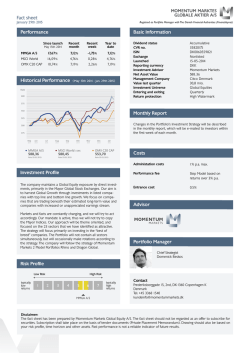
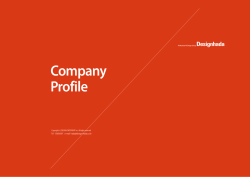
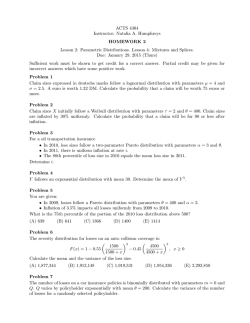
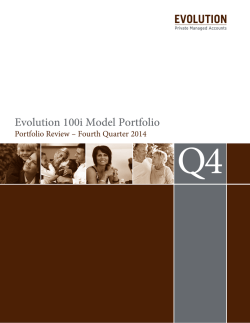
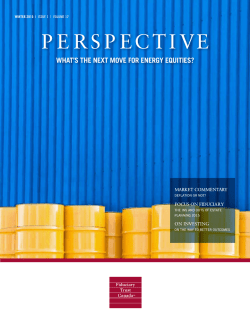
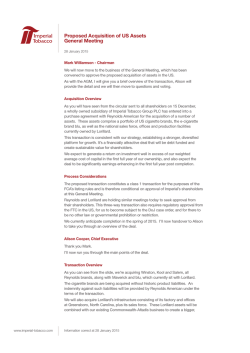
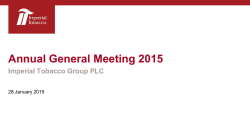
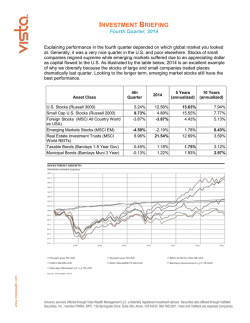
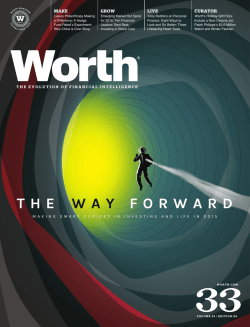
![Quarterly Commentary [PDF]](http://s2.esdocs.com/store/data/000473889_1-199d98d24dff63e8b8cda114308c276e-250x500.png)
